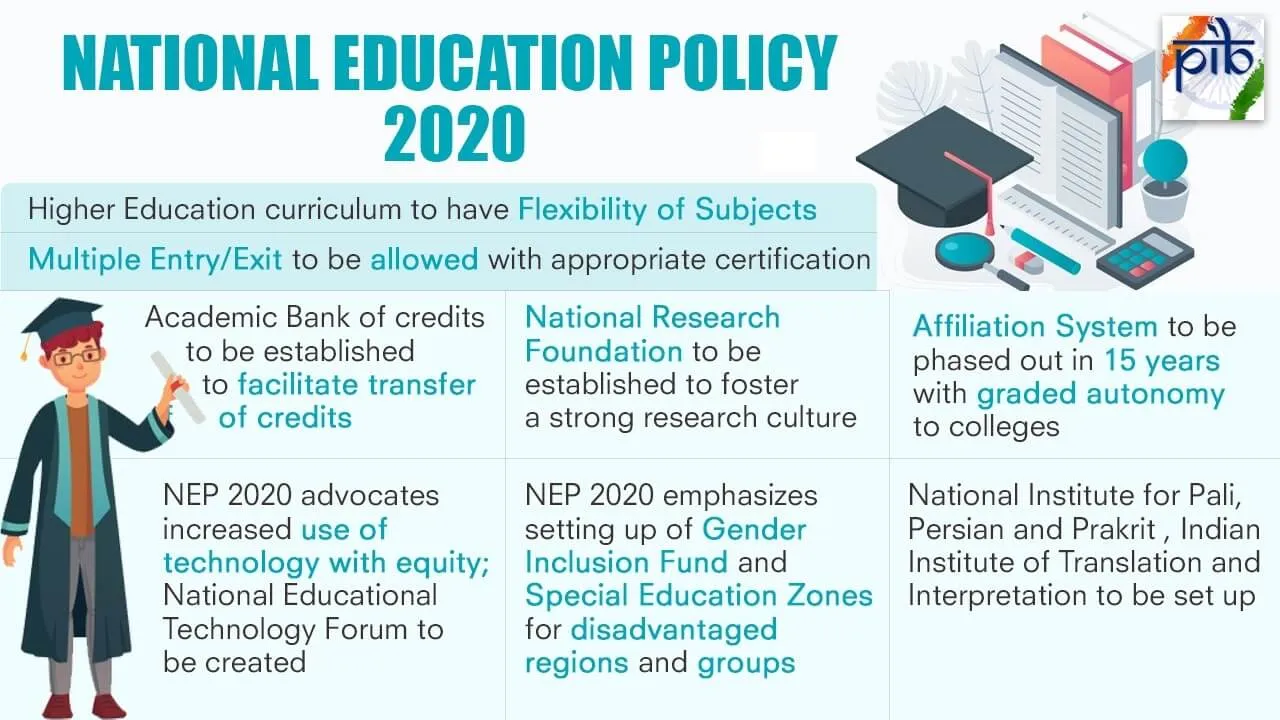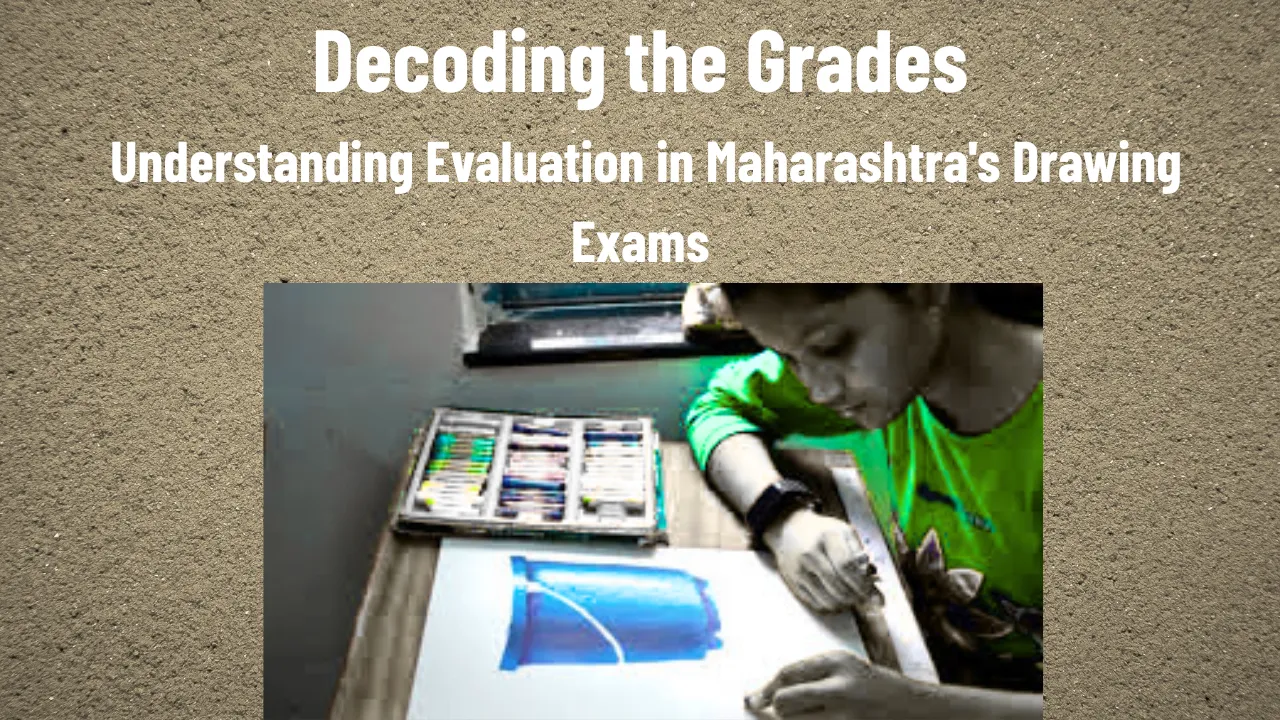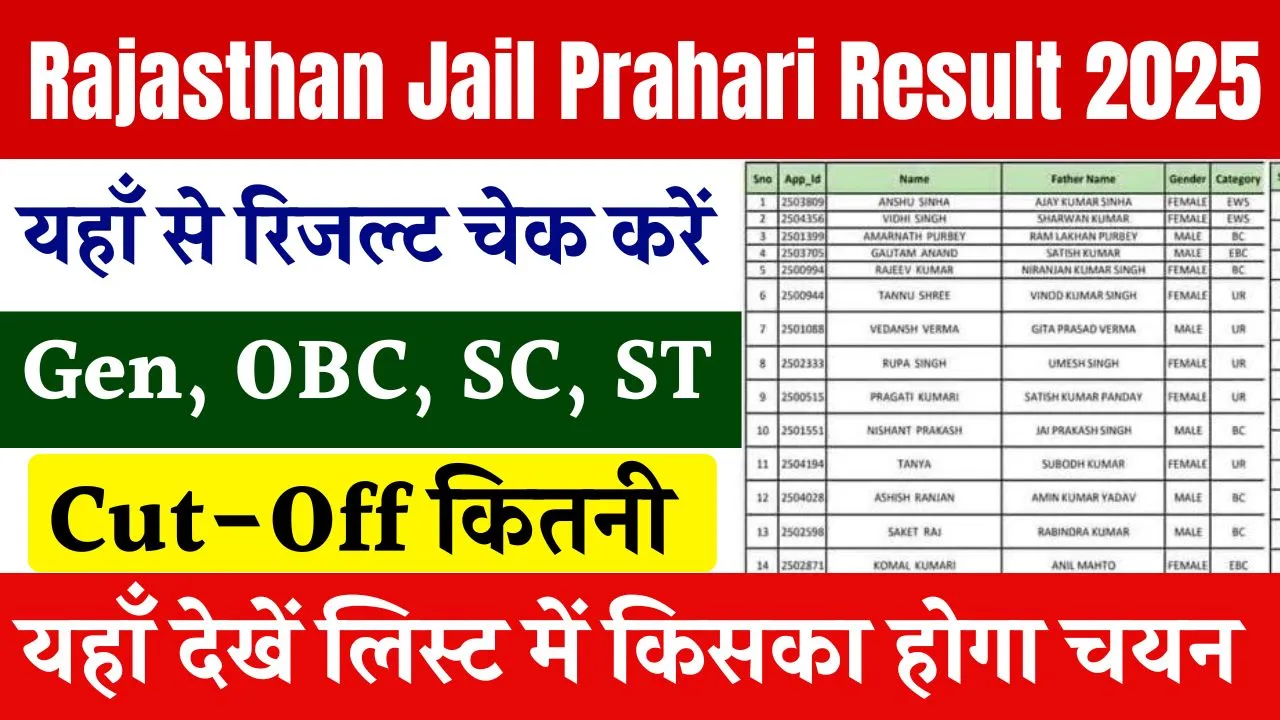National Education Policy 2020: The National Education Policy is a major step toward transforming the education system in the country. Introduced in 2020, it aims to reshape the structure, content, and delivery of education from school to higher education levels. It focuses on inclusive, holistic, and flexible learning, making the system more aligned with the 21st-century needs.
This article will explore the main features and the challenges of the National Education Policy. It gives a clear overview of what NEP 2020 brings to education, its positive changes, and the issues that might affect its implementation. Whether you’re a student, teacher, or parent, understanding these aspects can help you adapt to the new system effectively.
Key Features of National Education Policy
The National Education Policy 2020 brings many important changes to the education system in India. These changes aim to improve learning outcomes and build a stronger foundation for students.
1. New School Structure: 5+3+3+4
The traditional 10+2 system is replaced by a new structure: 5+3+3+4. This means:
- Foundational Stage (5 years): Ages 3–8
- Preparatory Stage (3 years): Ages 8–11
- Middle Stage (3 years): Ages 11–14
- Secondary Stage (4 years): Ages 14–18
This model focuses more on early childhood care and education, which is a major shift from past policies.
2. Emphasis on Mother Tongue
One major change in the National Education Policy is the suggestion to teach students in their mother tongue or regional language till Grade 5. This is to help children understand better and connect deeply with their learning process.
3. Focus on Skill Development
The policy includes vocational training from Grade 6 onwards. Students will be encouraged to learn skills like coding, carpentry, gardening, and more. This makes education more practical and useful in real life.
4. Changes in Assessment
Exams will now test concepts and understanding rather than rote learning. The policy promotes regular assessments to reduce pressure on students. Report cards will also include self-assessment and peer feedback.
5. Higher Education Reform
The policy aims to increase the Gross Enrollment Ratio in higher education to 50% by 2035. It proposes a single regulator for higher education and offers flexibility in subject choices through a four-year undergraduate program.
Benefits of National Education Policy
- Promotes creativity and critical thinking
- Encourages multilingual learning
- Prepares students for future job markets
- Makes learning more enjoyable and less stressful
- Helps bridge the gap between academic and vocational education
Challenges in Implementation
Even though the National Education Policy is full of promising ideas, implementing it is not easy. Some of the key challenges include:
1. Lack of Infrastructure
Many schools, especially in rural areas, do not have the necessary facilities to follow the new policy. There is a need for trained teachers, digital tools, and quality resources.
2. Teacher Training
Teachers will need proper training to follow the new teaching methods, new curriculum, and languages. Without strong teacher support, the policy may not succeed.
3. Language Barriers
While teaching in the mother tongue is ideal, in a diverse country like India, choosing one language for instruction in multi-lingual classrooms can be very complex.
4. Financial Limitations
Implementing the National Education Policy will require high investment. The government has to ensure enough funds are provided to support changes across schools and colleges.
Two Important Highlights of NEP 2020
- Holistic Report Card:
Students will get report cards that include teacher’s remarks, peer feedback, and self-evaluation to give a full view of their progress. - Multiple Entry and Exit Options in Higher Education:
Students can leave a course in between and return later. For example, leaving after 1 year gives a certificate, after 2 years a diploma, and after 3–4 years a degree.
FAQs
1. What is the main aim of the National Education Policy?
The main aim is to make education more student-centered, practical, and inclusive for better learning and future job opportunities.
2. What is the new structure in school education?
It is a 5+3+3+4 structure, replacing the old 10+2 system to focus on early childhood education and foundational learning.
3. Will students have more choices in subjects?
Yes, students can choose subjects across streams and also learn vocational skills from Grade 6 onwards.
4. Is the NEP 2020 compulsory for all states?
Education is a shared responsibility, so states are encouraged but not forced to adopt the policy.
5. Will this policy reduce exam stress?
Yes, the focus on understanding and regular assessments will help reduce pressure and improve real learning.
Final Thought
The National Education Policy has the potential to make India’s education system stronger, more flexible, and globally competitive. While there are challenges, with proper planning and support, it can change the future of education for the better. If you’re a student or parent, now is a good time to learn more about these changes and how they may affect you.
Explore more about your learning path or check your academic horoscope today! Share your thoughts in the comments or forward this to someone who needs to know about NEP 2020.











